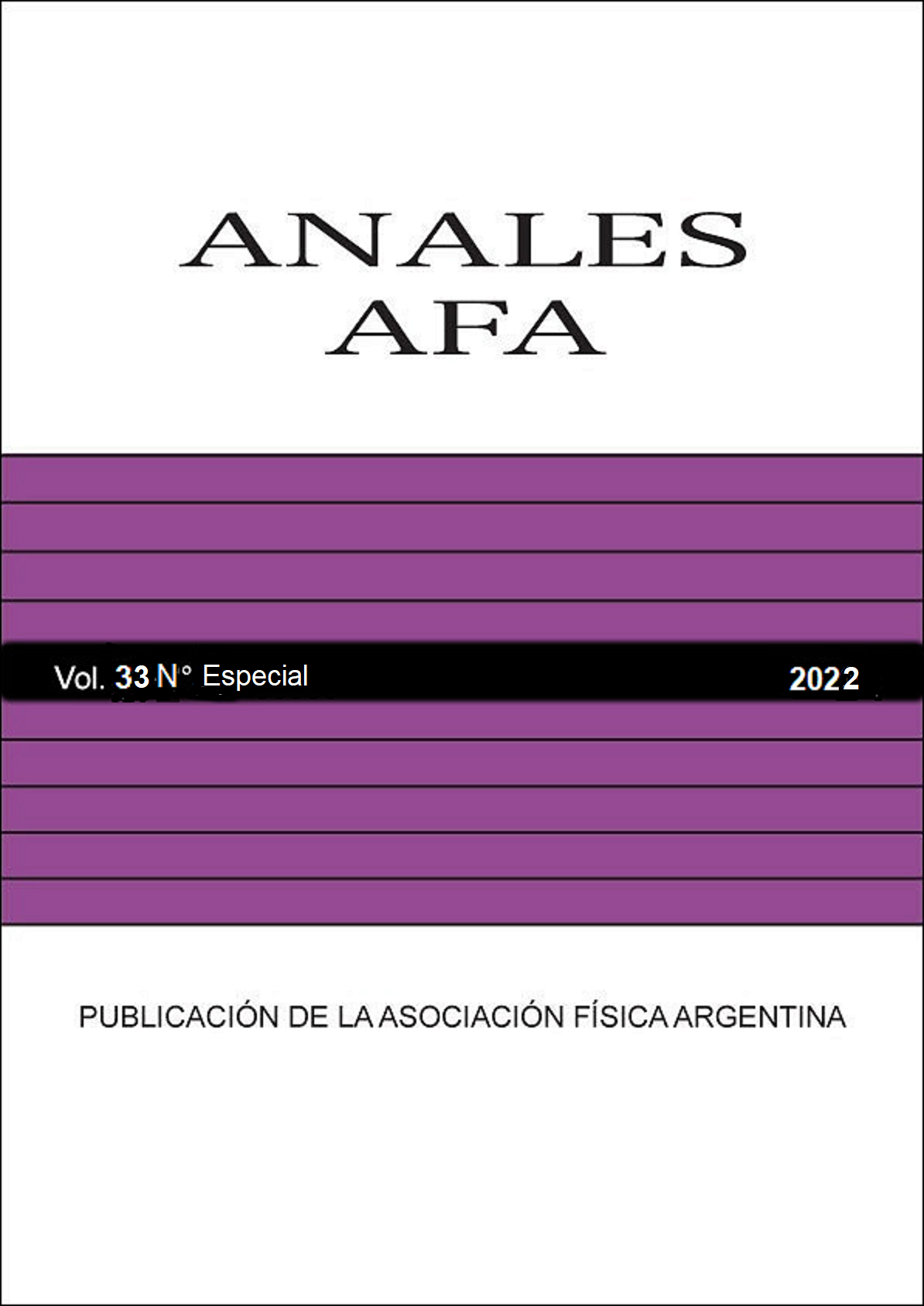CFD ANALYSIS OF THE HEAD LOSS ON A T45-R TESLA VALVE
Abstract
The Tesla valve is a check valve without moving parts. Its operation depends strongly on the flow rate. This conduit develops asymmetric head losses due to its geometric design, behaving like a hydraulic diode with a certain degree of efficiency. In the direct flow direction, the pressure drop is relatively low, while in the reverse direction the hydraulic resistance is higher. In the present work, we develop a numerical model, based on Computational Fluid Dynamics (CFD), to study the normalized Tesla valve T45-R. We simulate the incompressible laminar flow in this device. First, we analyze the precision of the model with a mesh convergence analysis. Subsequently, we compared the numerical prediction of head loss with experimental data for low Reynolds numbers, obtaining good agreement. We observe differences of less than 15% for the forward direction and less than 6% for the reverse direction. The diodicity prediction of the CFD differs from the experimental data below 5%. The results obtained from the loss coefficient K differ from the experimental data by less than 14%. Afterwards, we compared the CFD results with 0D models, available in the literature, observing a good agreement for a wider Reynolds number range. As a result of this study, we have a numerical design tool for this type of device, particularly applied in the field of microfluidics, having verified its precision in a wide operating range.




